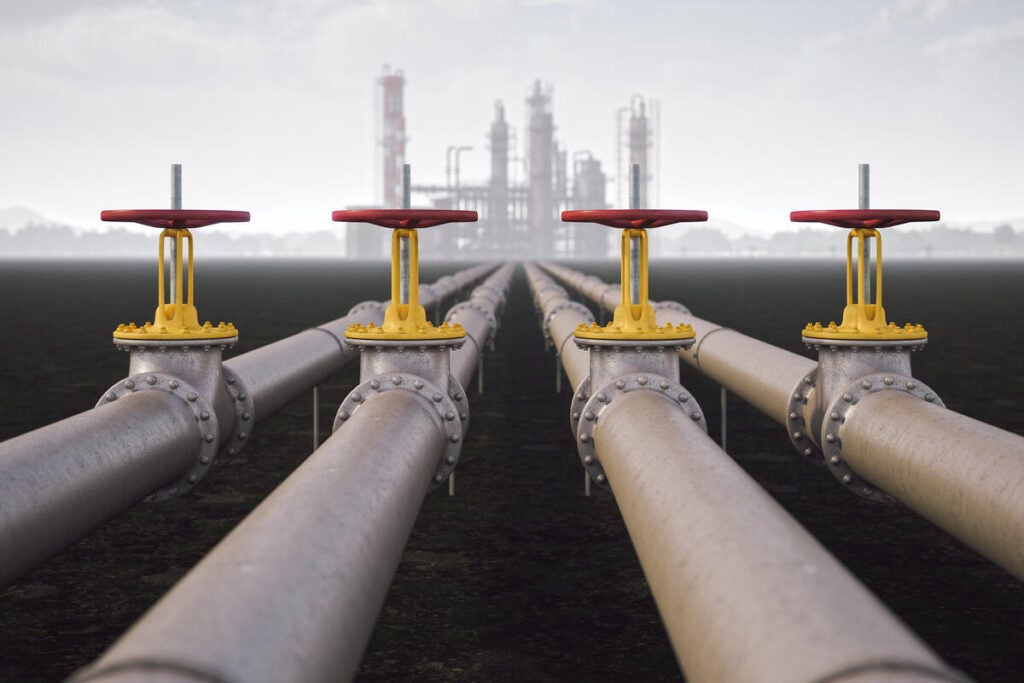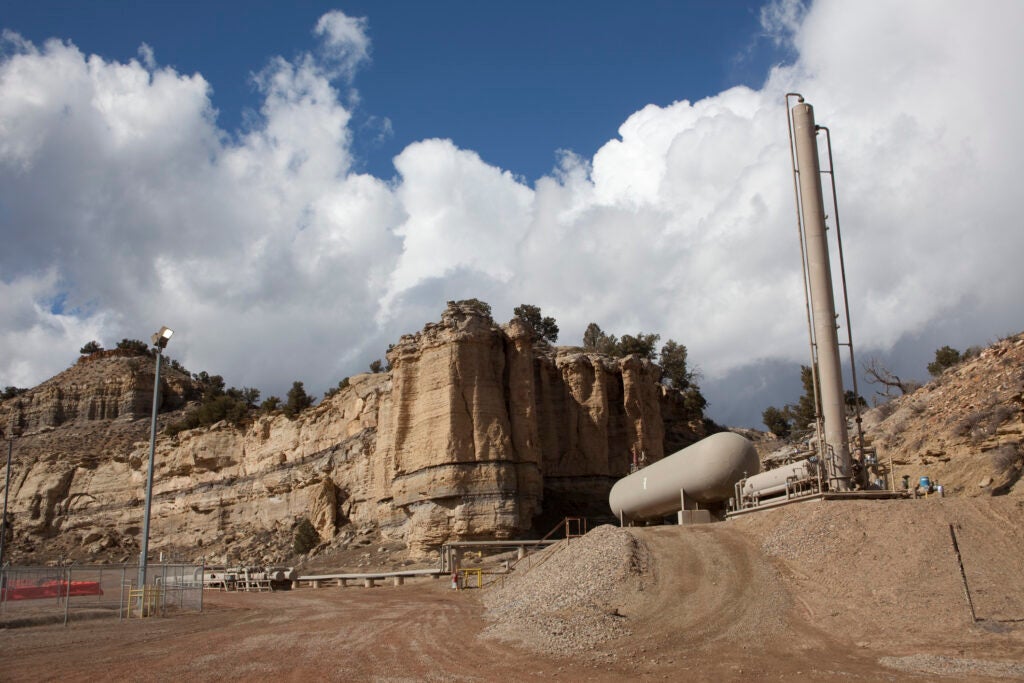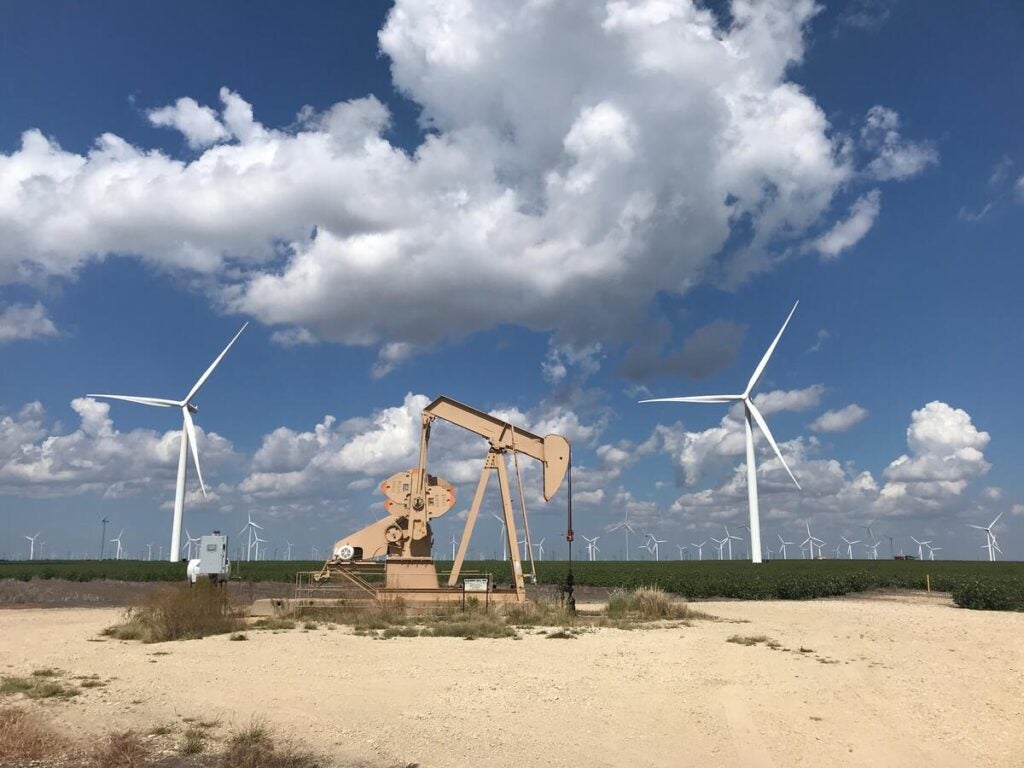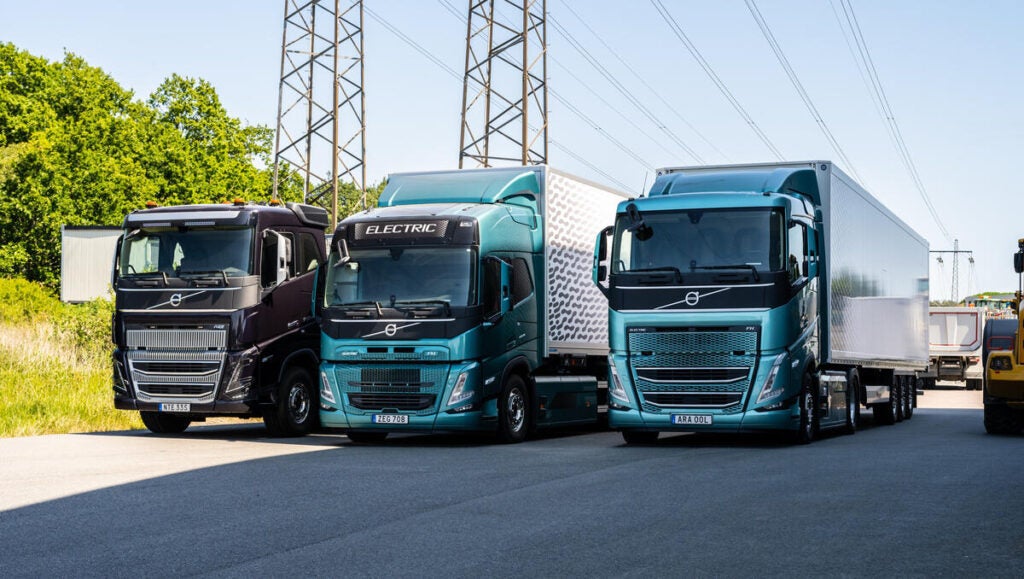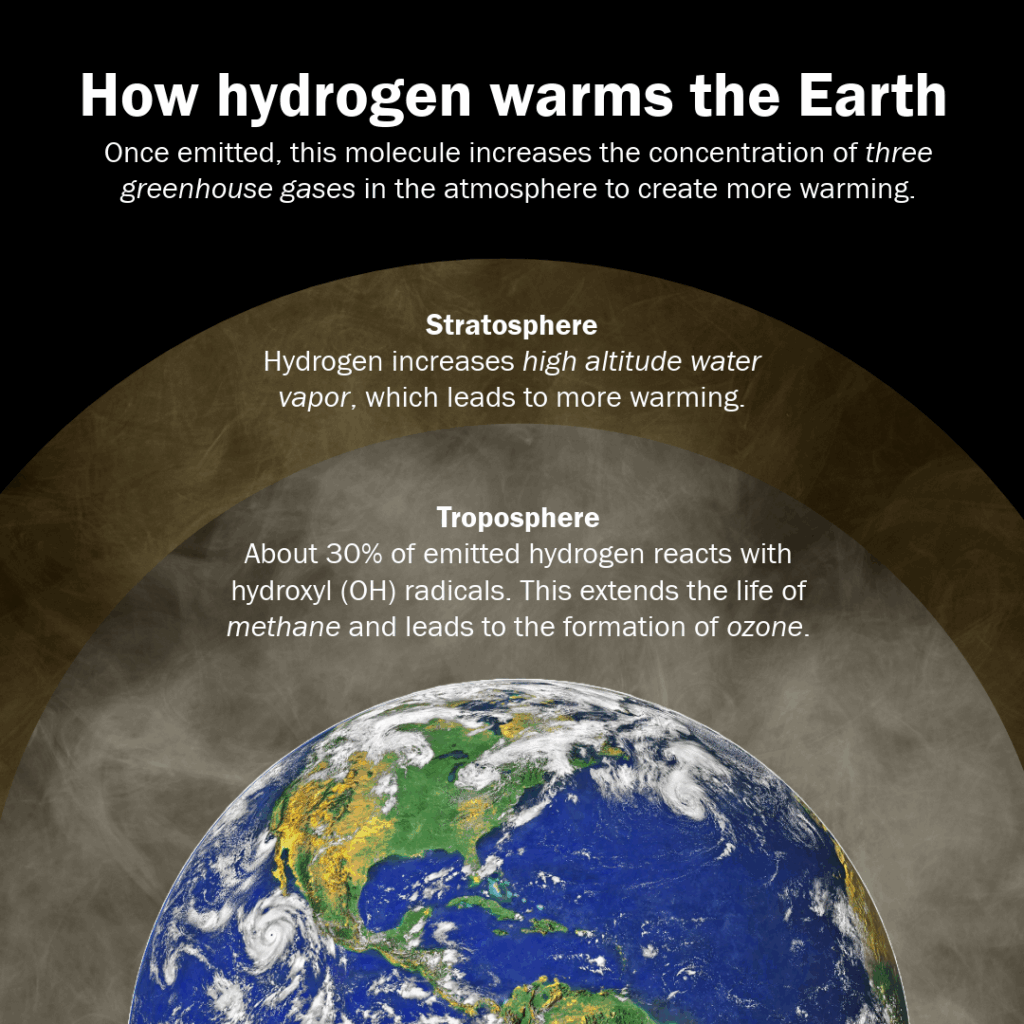By Curt Stokes & Sonya Jindal
- Hydrogen blending is a poor choice for Illinois’s gas pipelines as 70% of the energy content would be lost before it reaches buildings, making direct electrification with renewable energy and efficient heat pumps a far better option.
- A 20% hydrogen blend would reduce emissions from gas-heated buildings by only 5% while consuming nearly 8 times more electricity than efficient heat pumps.










